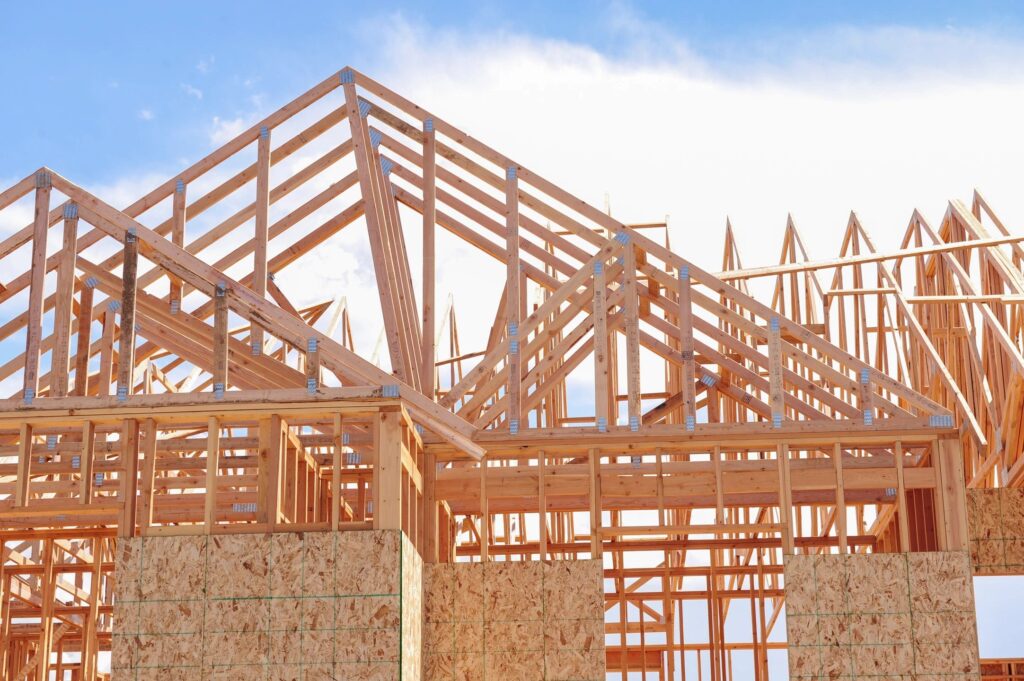Build-to-Rent

Bringing Plans to Profits
Consistent returns, even when public markets falter.
1. Design and Construction::
Unlike traditional single-family homes built for sale, homes in BTR communities are designed with rental in mind. They often feature layouts and amenities that appeal to potential renters, such as modern appliances, durable materials, and community amenities.
2. Ownership and Management:
The entire community is typically owned and operated by a single entity, such as a real estate investment firm or a large-scale landlord. This centralized ownership allows for uniform management and maintenance of the properties.
3. Community Amenities:
BTR communities often include amenities similar to those found in apartment complexes, such as swimming pools, fitness centers, clubhouses, and green spaces. These shared amenities are a key selling point for potential renters.
4. Target Market:
These communities cater to individuals and families who prefer the lifestyle and space of a single-family home but either cannot afford to buy a home or choose not to buy for lifestyle or flexibility reasons.
5.Location and Size:
BTR communities can vary in size and are often located in suburban areas or near major employment centers. Their location is strategically chosen to appeal to renters who desire a balance between urban and suburban living.
6. Economic Factors:
The growth of BTR communities is influenced by various economic factors, including housing market conditions, affordability issues, and changing demographics. For instance, in markets where home prices are high, BTR communities provide an alternative for people who can’t afford to buy.
7. Investment Appeal:
For investors and developers, BTR communities represent a stable investment with the potential for consistent rental income and long-term property value appreciation. They also cater to a growing segment of the housing market.
8. Market Trends:
The popularity of BTR communities has been on the rise, particularly in regions with high housing costs and among younger generations who favor renting for its flexibility and lack of maintenance responsibilities.
